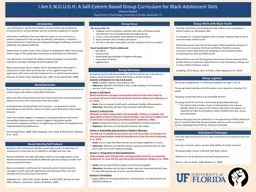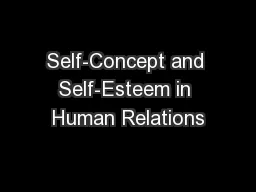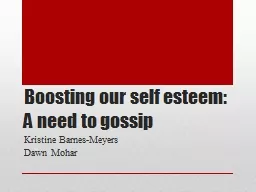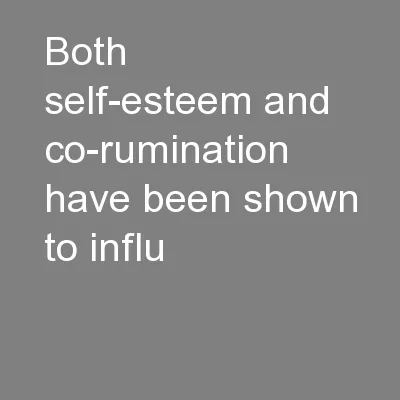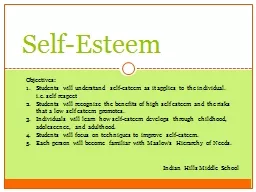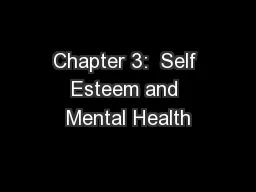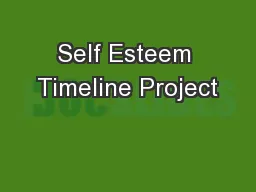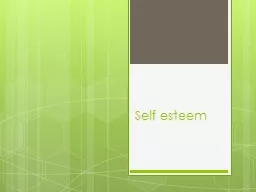PPT-I Am E.N.O.U.G.H: A Self-Esteem Based Group Curriculum for Black Adolescent Girls
Author : briana-ranney | Published Date : 2020-04-05
Victoria McNeil Department of Psychology University of Florida Gainesville FL Racial identity and levels of racial discrimination and racism have been shown
Presentation Embed Code
Download Presentation
Download Presentation The PPT/PDF document " I Am E.N.O.U.G.H: A Self-Esteem Based G..." is the property of its rightful owner. Permission is granted to download and print the materials on this website for personal, non-commercial use only, and to display it on your personal computer provided you do not modify the materials and that you retain all copyright notices contained in the materials. By downloading content from our website, you accept the terms of this agreement.
I Am E.N.O.U.G.H: A Self-Esteem Based Group Curriculum for Black Adolescent Girls : Transcript
Download Rules Of Document
" I Am E.N.O.U.G.H: A Self-Esteem Based Group Curriculum for Black Adolescent Girls "The content belongs to its owner. You may download and print it for personal use, without modification, and keep all copyright notices. By downloading, you agree to these terms.
Related Documents

